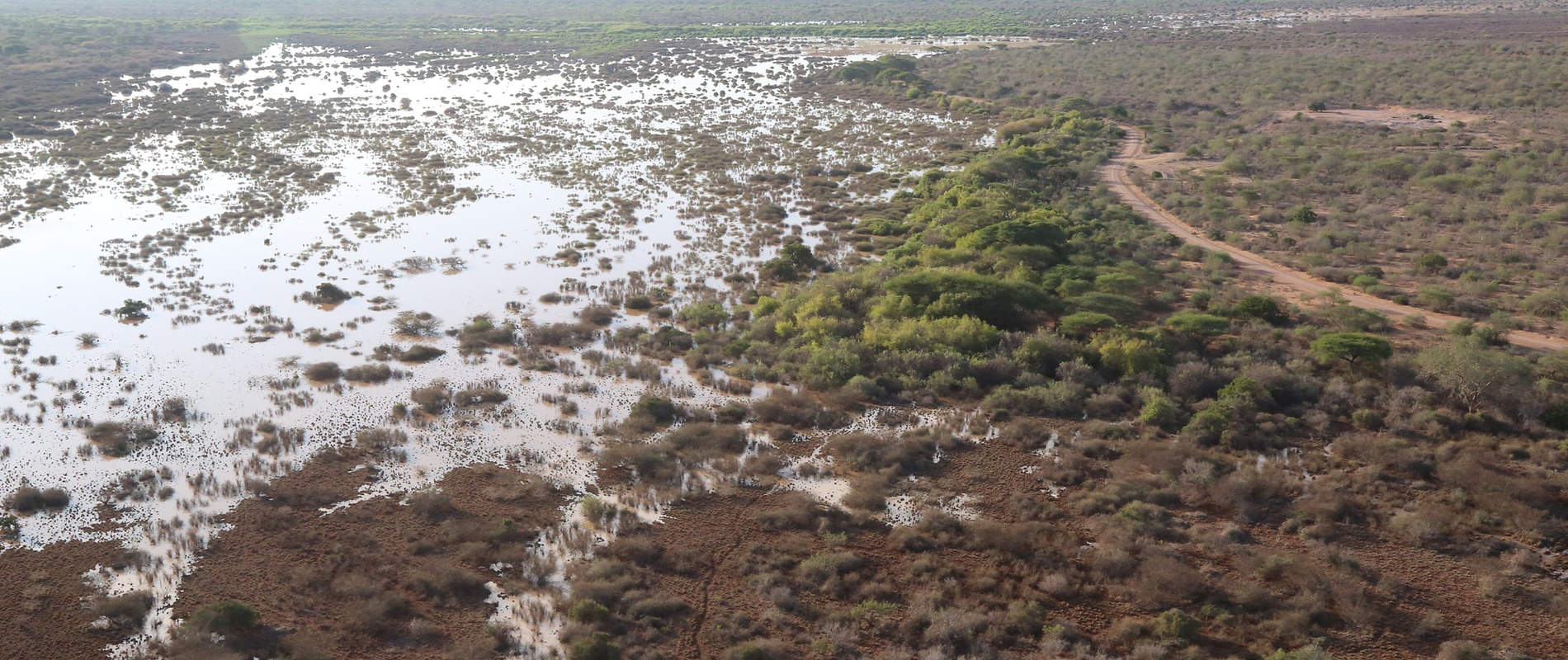The heavens opened above much of Tsavo in November, raining heavily in all but a few areas. This brought desperately needed relief to the wildlife that has suffered terribly in what has been the worst drought in nearly a decade.
With the sudden onset of rains, several elephants were unfortunately already too far-gone, and with the change of weather and diet, they did not survive. It has been a very sad and difficult time watching so helplessly as so many animals died, but it was the elephants that were the hardest hit and suffered the greatest number of losses, especially in the hardest hit areas which included the southern sector of Tsavo East around Aruba, Voi River and the Galana towards Sala.
A positive and negative aspect of the rain has been the filling of remote waterholes. On the positive side, wildlife is able to spread far and wide, reducing competition for food; however, cattle herders are also able to reach places difficult to access by car. Despite this the herders cannot hide from our aircrafts, so the pilots had the ability to locate cattle bomas (enclosures) with a fixed wing aircraft and then follow up on these coordinates in a helicopter, landing next to them and deploying rangers to talk to the herders and evict them.

Our eyes in the sky protect wildlife and prevent illegal activity
Four veterinary cases were also attended to in November involving the Aerial Unit including two collapsed female elephants, which had weakened during the drought.
Despite the discovery of so many carcasses, the teams were encouraged by the comparatively small number of fresh carcasses, which signalled the true end of a terrible drought. November was, in fact, full of highlights, as this time every year, it really is a joy to witness the landscape transformed by rain – seeing rivers flowing for the first time in many months including the Tiva River which flooded the Yakalicha swamp in the most spectacular way, making everything transmute from dull and grey to lush and verdant.
